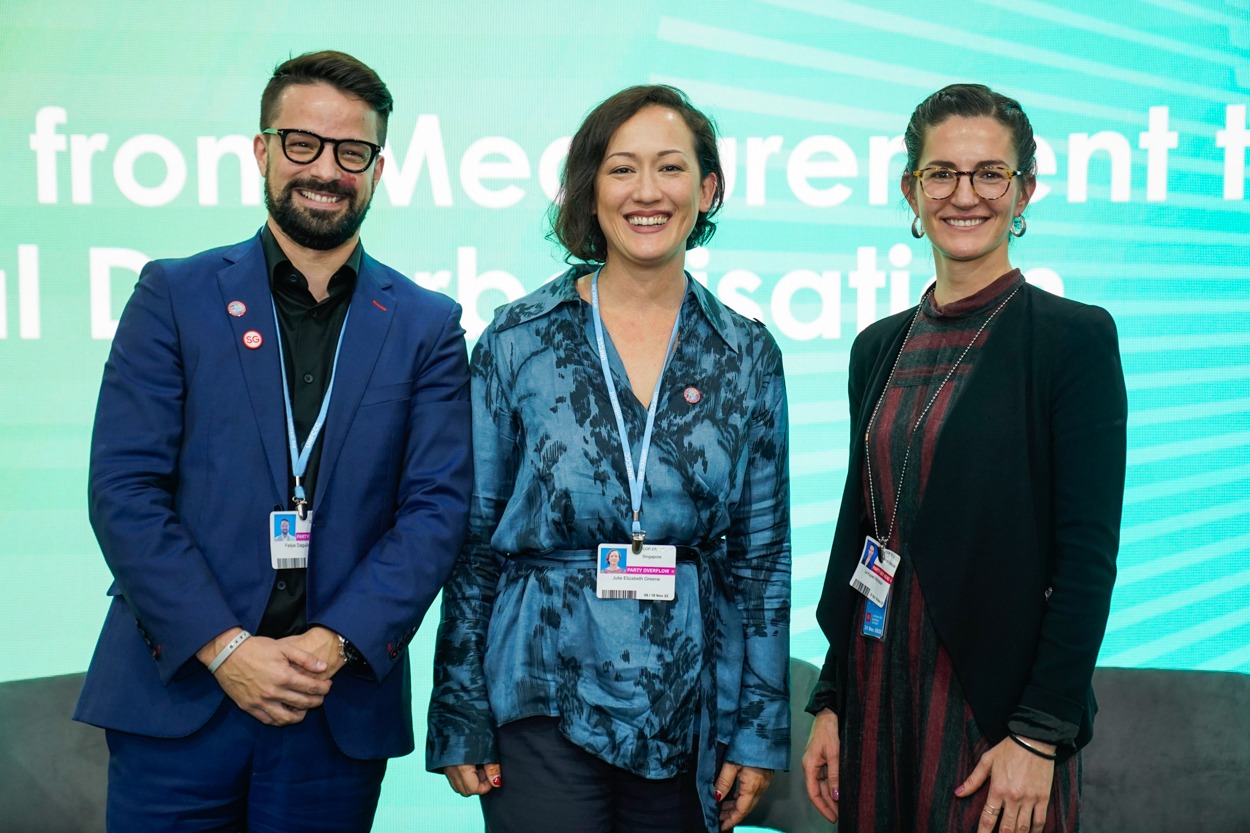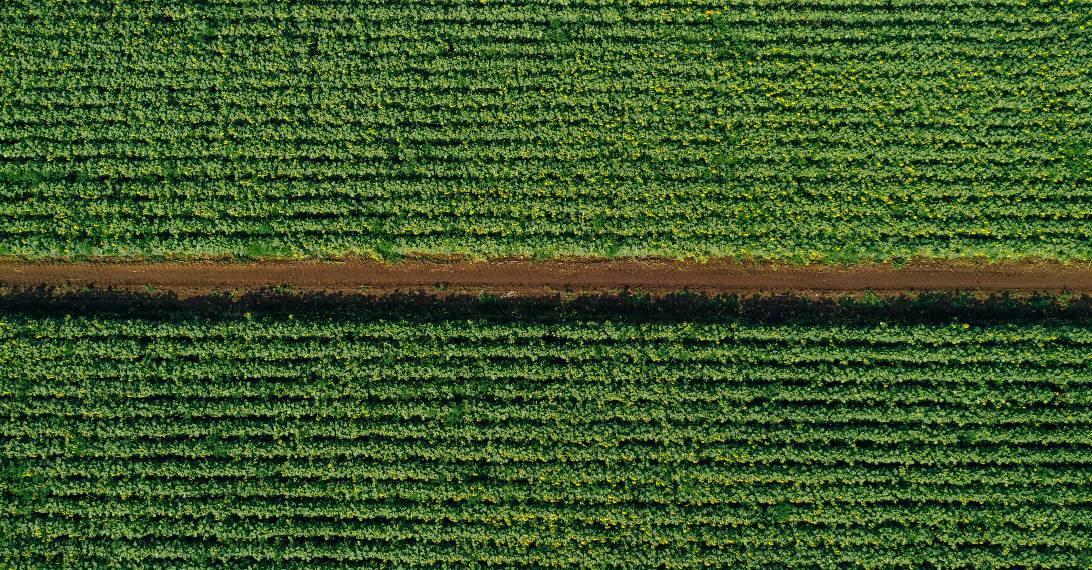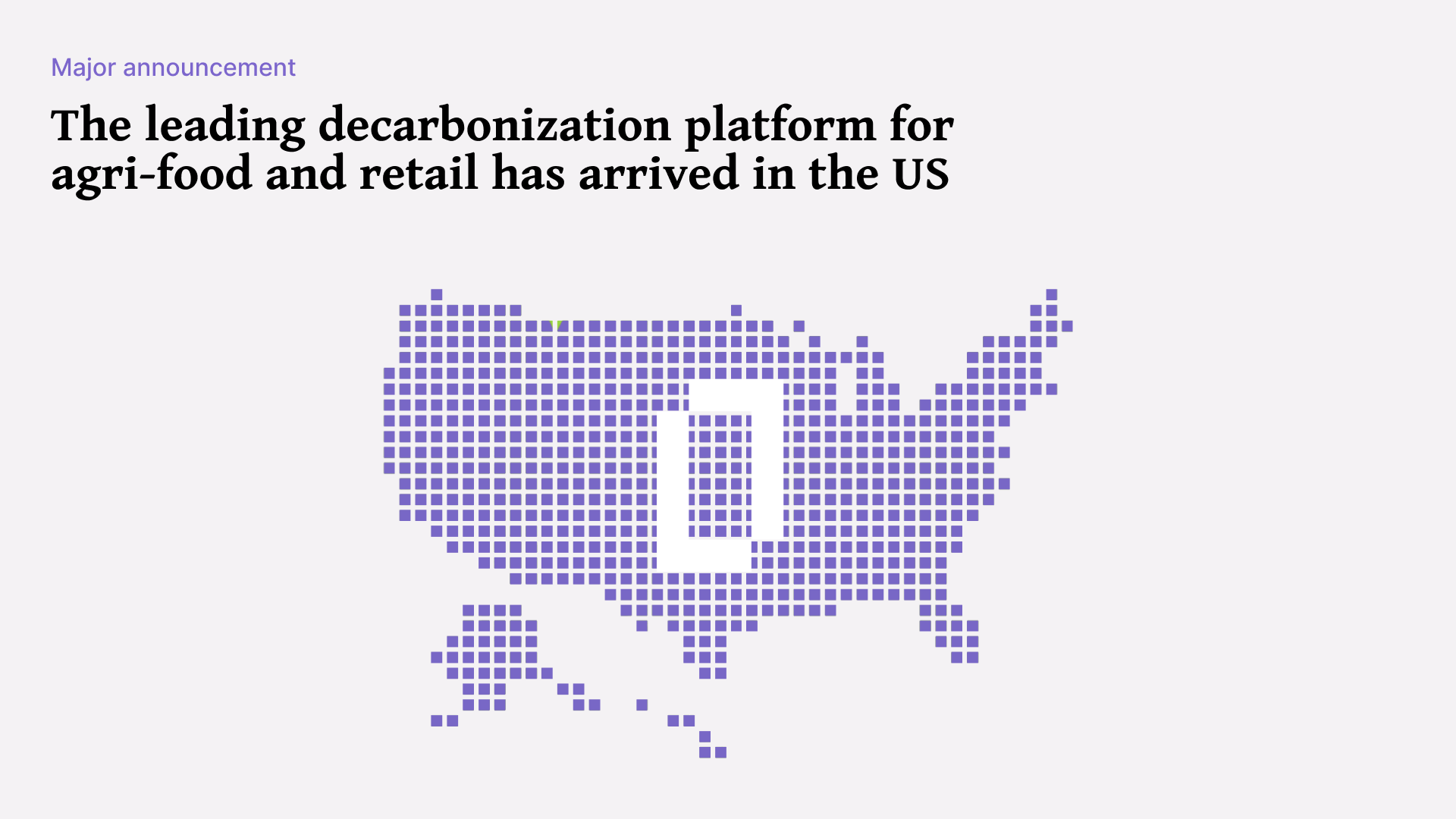The agriculture commodities sector is among the leading contributors of greenhouse gas emissions. United Nation’s Food and Agriculture Organisation (FAO) data shows that in 2018, agriculture and related land use emissions accounted for 17 percent of global greenhouse gas (GHG) emissions.
Before exploring strategies for the decarbonisation journey for large enterprises in Australia, it’s important to understand the three types or scopes of emissions defined by the GHG Protocol.
- Scope 1 comprises direct emissions from an enterprise’s owned sources such as factories and vehicles
- Scope 2 refers to purchased ‘indirect’ emissions from the heat, electricity, and cooling that an enterprise uses
- Scope 3 refers to indirect emissions – those that are created across an enterprise’s supply chain. It comprises 15 upstream and downstream activities, including purchased goods and services, and processing of sold products. In the agricultural sector, a large percentage of enterprises’ emissions are Scope 3, meaning they are created indirectly across their value chains. This is the most complex category of emissions and the most difficult to measure.
More than 90% of the emissions in the agriculture sector fall under Scope 3 emissions, reports the Carbon Disclosure Project (CDP).
How can the agriculture sector in Australia more effectively track and report Scope 3 emissions?
Unpacking Scope 3 for the agriculture sector

Credits: Singapore Pavilion at COP27
In a panel discussion at the 27th Conference of the Parties of the UNFCCC (COP27) in Egypt’s Sharm el-Sheikh, Julie Greene, Chief Sustainability Office of food and agri-business company Olam, outlined four key steps for agriculture enterprises in their decarbonisation journey:
- Identify emission hotspots
- Drill down and analyse the data
- Identify actionable opportunities
- Facilitate transparency
- Identify emission hotspots: The first step in reducing Scope 3 emissions is to measure and understand where most of the emissions occur in the supply chain. Companies need to have a high-level understanding and clarity on their emission hotspots. When Olam began measuring their carbon footprint a few years ago, they were surprised to discover that over 98% of their footprint was Scope 3 emissions. “That pointed us in a direction that we may not have been paying as much attention to,” Julie said.
- Drill down into data: Companies with large supply chains such as Olam offer multiple products, most of which have multiple supply chains. Greene said that for any company of this scale, it is important to answer four key questions:
- Which products create the largest emissions.
- Which parts of the supply chain are contributing the most to your company’s emissions.
- Where are most of the emissions coming from geographically.
- Which practices are causing the most emissions.
- Zero in on the actionable opportunities: An enterprise must identify the actions that will lead to the greatest impact. “It’s important to identify the actionable opportunities. Where is the technology already available? Where do we have the scale and reach? In some of our supply chains, we are working closely with farmers on livelihood projects. That’s an immediate entry point. In other supply chains, we have to ask ourselves, do we want to get closer to these farmers and work with them directly? Or do we want to engage with banks, with creative financing mechanisms, longer-term patient loans that will enable farmers to invest in their soils? This will take a few years to pay back but it will pay back.
- Facilitate transparency: Greene said that one of the biggest challenges for agricultural enterprises is to keep track of the multiple regulatory and reporting frameworks across the world that are constantly evolving. “It’s important for enterprises to facilitate this transparency in reporting to meet the needs of investors and other stakeholders.”
Agricultural enterprises must ensure that every part of their supply is transparent about emissions. This can be challenging when some stakeholders don't have the infrastructure or willingness to measure their carbon footprint. But by asking suppliers, customers, and strategic partners to accurately share their emission data, enterprises can get a more realistic picture of Scope 3 emissions.
How can Terrascope help?
Terrascope enables organisations to track and measure emissions across their value chain and all GHG categories. The SaaS-based platform can lead how large Australian enterprises begin their decarbonisation journey make data-driven decisions, set realistic reduction goals, and start the journey to Net Zero with confidence.
Get in touch with our emissions measurement expert now!



